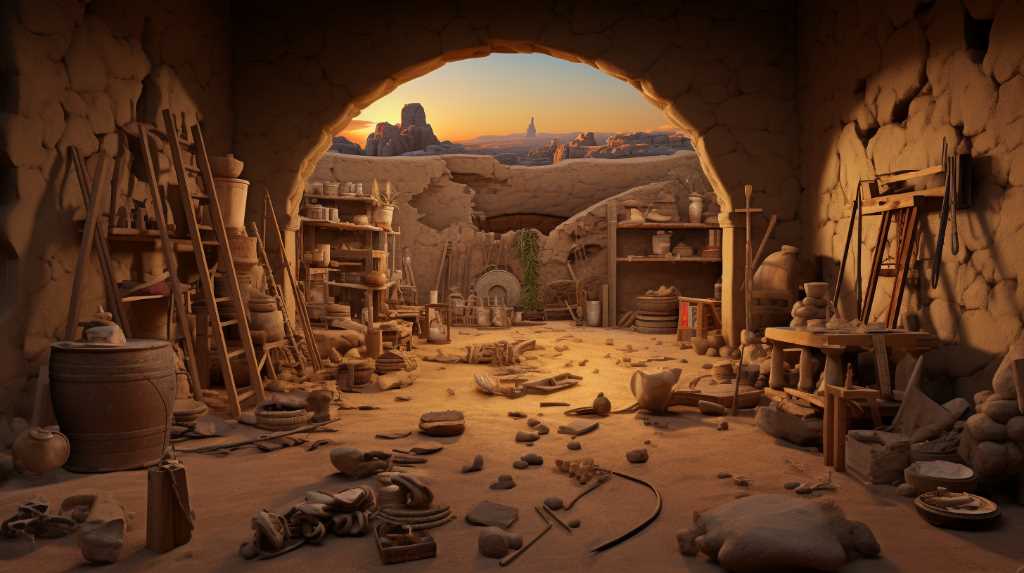
Unearthing the Past: 10 Archeological Sites That Altered the Course of History
You're about to embark on a thrilling journey to the past. We'll uncover secrets from 10 of the world's most intriguing archaeological sites.
You'll delve into the mysteries of the Great Pyramid, decode Stonehenge, ascend Machu Picchu, and more.
You're not just reading history—you're actively exploring it. Let's unravel the threads of time together and discover how these ancient marvels forever shaped our world.
You'll see, history's not as dusty as you'd think.
Key Takeaways
- The Great Pyramid of Giza's construction and design showcases the advanced knowledge and skills of ancient Egyptian builders in mathematics, astronomy, and architecture.
- Stonehenge's mysterious purpose and precise engineering offer insights into a prehistoric culture and highlight the cultural implications of a prehistoric civilization.
- Machu Picchu provides valuable insights into Inca architecture, agriculture, and celestial observations, challenging our understanding of the past and representing a civilization that thrived in harsh terrains.
- The Roman Colosseum serves as a symbol of Rome's power and grandeur, showcasing the Romans' mastery over engineering and architecture, and its gladiatorial games have had a significant historical impact on architecture, politics, society, and tourism.
Great Pyramid of Giza's Impact
Often, you'll find yourself awestruck by the profound impact the Great Pyramid of Giza has had on our understanding of ancient Egyptian civilization. Its monumental size and precise orientation towards the cardinal points reflect the Egyptians' advanced knowledge of mathematics and astronomy. You'll appreciate how its construction leveraged simple machines, demonstrating the ingenuity of these ancient builders.
The intricate internal chambers reveal their sophisticated architectural skills. But it's not just their technical prowess that's impressive. The pyramid's function as a royal tomb underscores the Egyptians' belief in an afterlife, providing you with insight into their spiritual worldview.
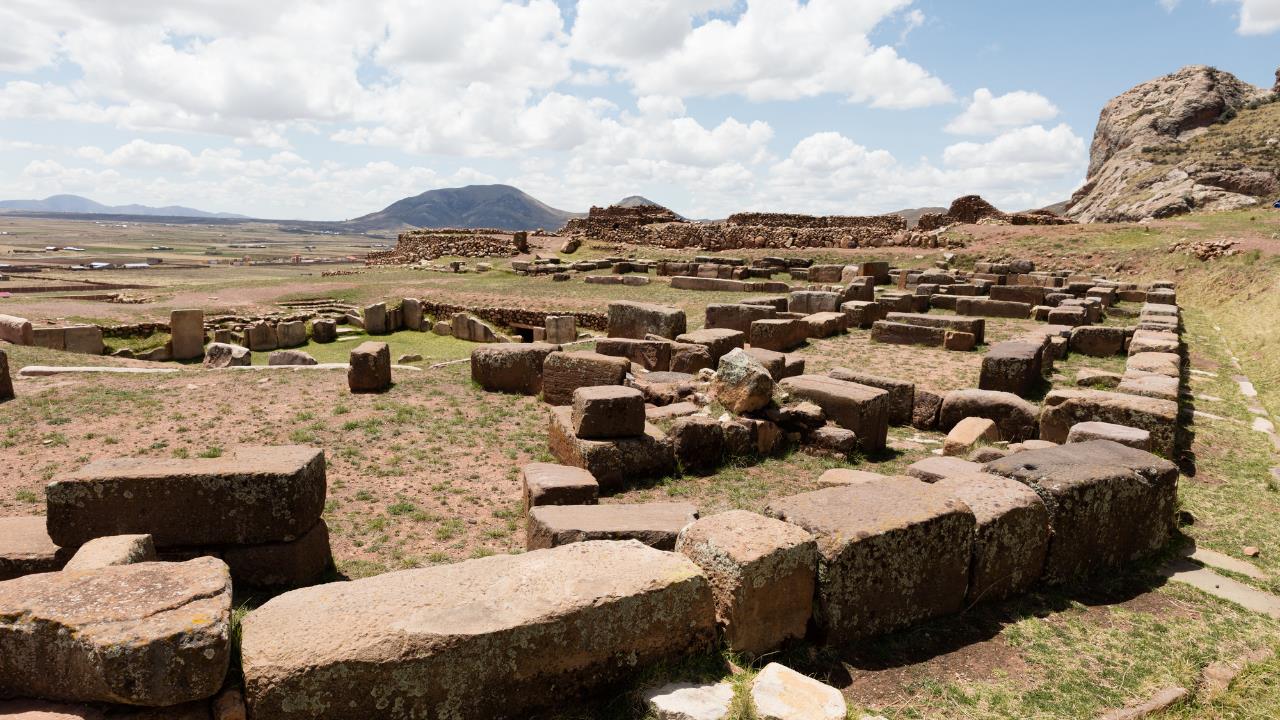
Stonehenge: Decoding Prehistoric Culture
How can we not marvel at Stonehenge, another monumental site that offers deep insights into a prehistoric culture? This mysterious structure, located in England's Salisbury Plain, has both puzzled and fascinated us for centuries. Precisely built around 3000 to 2000 BC, it's an impressive testament to Neolithic engineering.
Yet, it's not just the stone circle's physicality that captivates us, it's the cultural implications that truly intrigue. Theories speculate Stonehenge served as a burial site, a celestial calendar, or a place for healing. Despite ongoing research, Stonehenge remains enigmatic, its true purpose forever shrouded in the mists of time. Its mystique, however, only adds to our collective fascination.
As we leave the cool stones of Stonehenge, let's now ascend to the heights of Machu Picchu and the Inca Empire.
Machu Picchu and the Inca Empire
You're about to journey into the cloud-shrouded peaks of Peru, where Machu Picchu, the crowning glory of the Inca Empire, awaits with its fascinating secrets.
This ancient city, hidden for centuries, offers a window into Inca architecture, agriculture, and celestial observations. It's a testament to their advanced engineering skills, seen in the intricate stonework that's withstood earthquakes and the ravages of time.
But it's not just about the buildings. It's about a civilization that thrived on these harsh terrains, leaving behind a historical legacy that's as profound as it's captivating. Machu Picchu, in its majestic solitude, continues to challenge our understanding of the past.
As we delve deeper, we move from the heights of the Andes to the heart of Italy, to explore the Roman Colosseum, a monument of a different kind of grandeur.

Roman Colosseum: A Historical Perspective
Turn your focus now to the Roman Colosseum, an architectural marvel that's not only a symbol of Rome's power and grandeur, but also a testament to its violent past.
Consider its intricate design, which has withstood the test of time, and the context of the brutal gladiatorial games it housed.
Reflect on how its historical impact continues to resonate in our modern world, shaping our understanding of the Roman Empire's complex legacy.
Colosseum's Architectural Design
In your exploration of history-altering archeological sites, you'll find that the Colosseum's architectural design is one of the most fascinating aspects of this iconic Roman landmark.
Its elliptical form, made possible by the ingenious use of Roman concrete, allowed for maximum visibility and acoustics.
The intricate system of corridors, passages, and stairways facilitated crowd movement, reflecting a deep understanding of crowd psychology.
You'll be intrigued by the Colosseum's 'velarium', a retractable canvas awning manipulated by sailors, which provided shade and created a cooling microclimate within the structure.
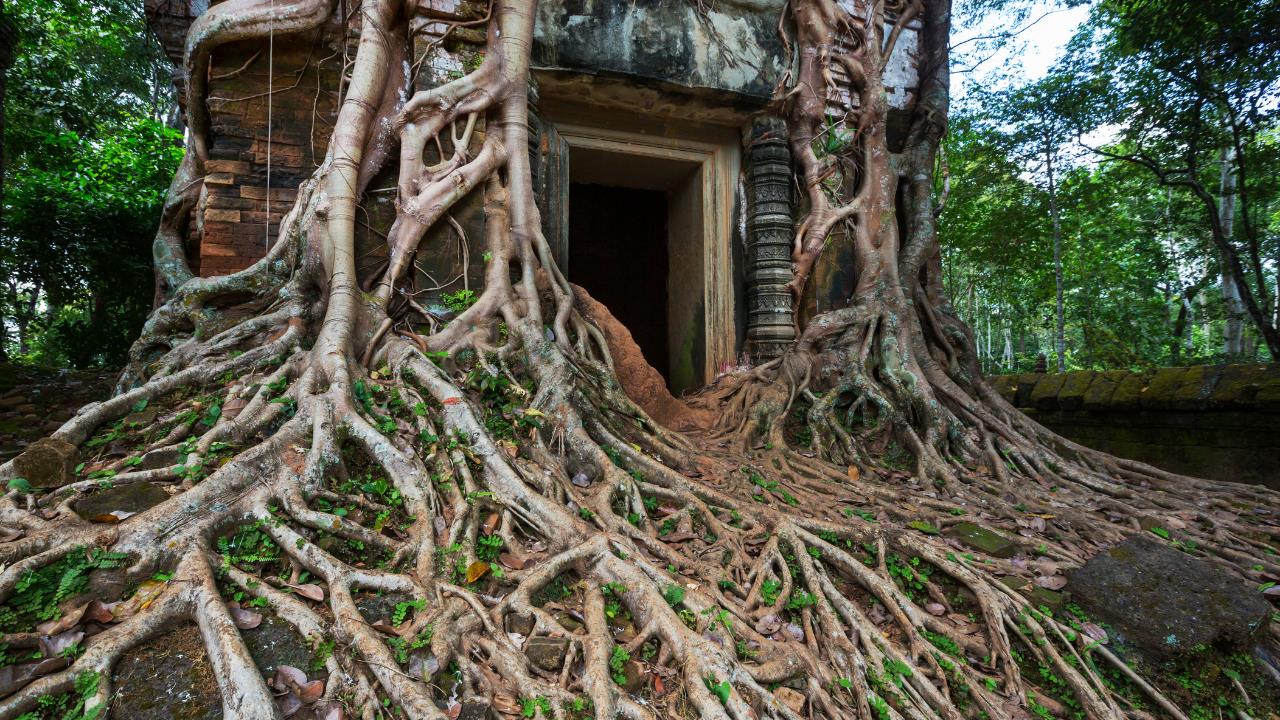
The Colosseum's design wasn't merely aesthetic; it was functional, practical, and ahead of its time, reflecting the Romans' mastery over engineering and architecture.
This intricacy has ensured its relevance and awe-inspiring presence throughout history.
Gladiatorial Games Context
Diving deeper into the Colosseum's historical context, you'll find the gladiatorial games - a blood-soaked spectacle that showcases the raw power and brutality of the Roman Empire.
These games, a form of public entertainment, were far from mere sport. They were political tools, utilized to emphasize the might of Rome, to instill fear, and to maintain social order.
Gladiators, often slaves or criminals, battled to the death, their lives bartered for the amusement of the Roman populace. The Colosseum, with its capacity to hold 50,000 spectators, was the perfect stage for these brutal performances.
Understanding this context, you can appreciate how the Colosseum isn't just a masterstroke of architecture, but also a chilling testament to a society's capacity for violence.
Colosseum's Historical Impact
As you delve into the historical impact of the Roman Colosseum, you'll discover its profound influence on architecture, politics, society, and tourism.
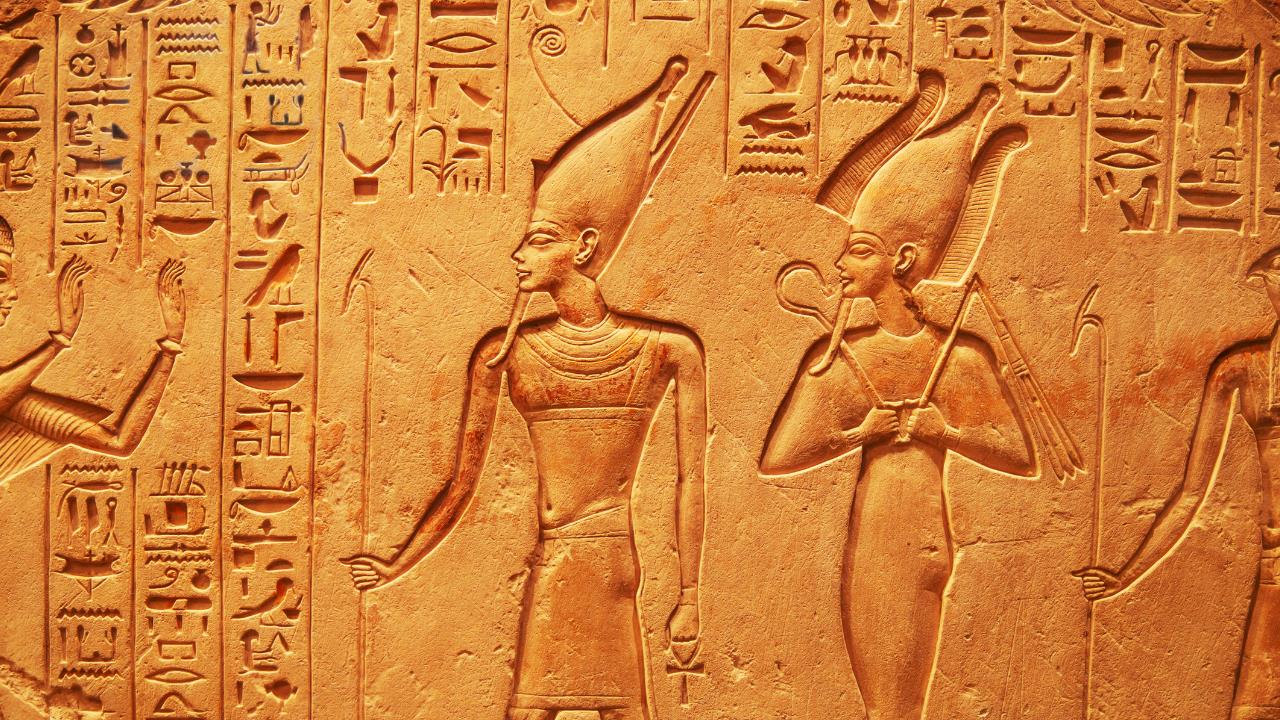
Architecture: The Colosseum's design, featuring arches and concrete, has been replicated in countless modern-day stadiums.
Politics: It served as a venue for propagating imperial ideologies, strengthening Rome's political power.
Society: The gladiatorial games, open to all classes of Roman society, fostered a sense of shared identity.
Tourism: Today, it contributes significantly to Italy's economy, drawing millions of tourists annually.
Thus, the Colosseum's impact reverberates even today, transcending time and space.
With this understanding of its historical significance, let's transition to unveiling Petra's Nabatean influence.
Unveiling Petra's Nabatean Influence
You'll find Petra, a historic city in Jordan, rich with evidence of the Nabatean civilization's monumental architectural achievements. This civilization, known for its advanced water technology and intricate rock-cut architecture, has left an indelible impression on Petra.
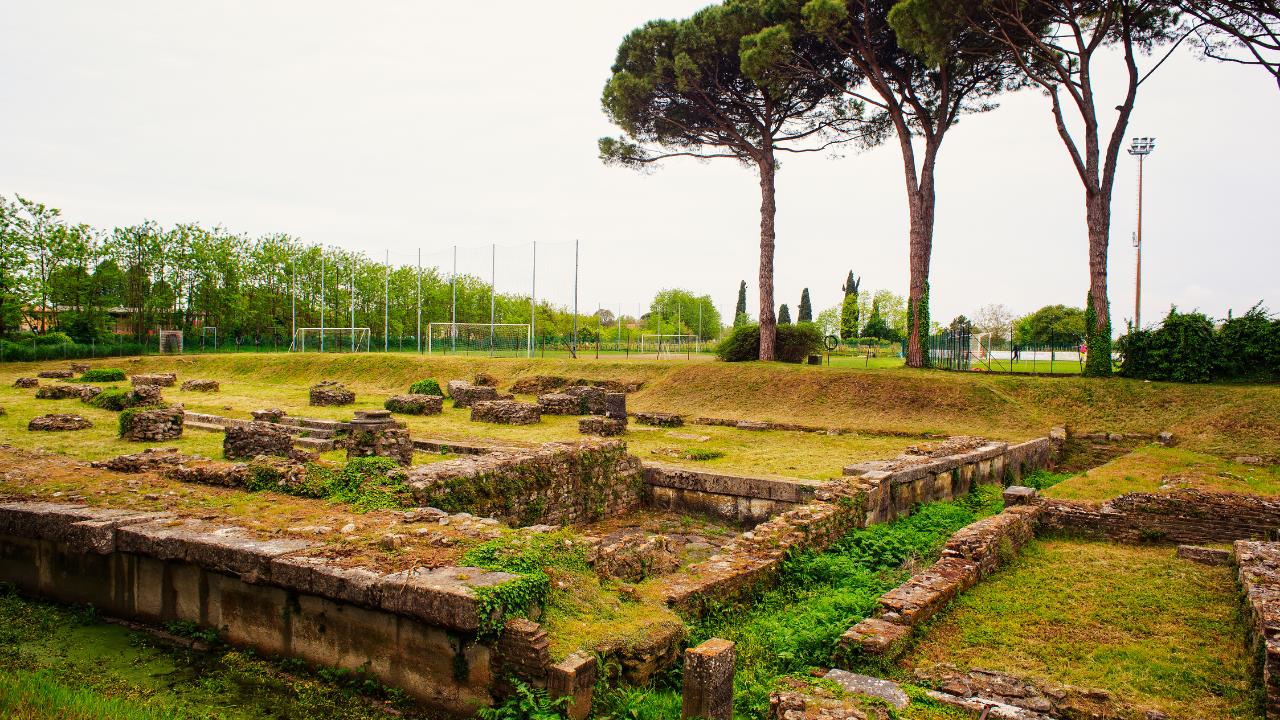
The city's most impressive site, Al-Khazneh, showcases the Nabateans' mastery over stone carving. Their influence is also evident in Petra's sophisticated water management system, a testament to their engineering prowess.
The Nabateans' legacy, however, isn't limited to Petra's structures. It extends to their distinctive art, language, and customs, all of which shaped the cultural landscape of the region. As you delve deeper into Petra's Nabatean influence, you'll gain a richer understanding of this ancient civilization.
Next, we journey to the heart of Cambodia as we uncover the secrets of Angkor Wat and the Khmer Empire.
Angkor Wat: Insight Into Khmer Empire
Continuing our global excavation, let's now set foot in Cambodia, specifically the awe-inspiring Angkor Wat, a magnificent testament to the Khmer Empire's architectural genius and cultural influence. This temple complex, the world's largest religious monument, provides fascinating insights into the Khmer's social, political, and religious life.
- Architectural Prowess: From intricate bas-reliefs to towering spires, Angkor Wat exemplifies the Khmer's superior masonry skills and aesthetic sensibility.
- Cultural Influence: The temple's Hindu and Buddhist elements reflect the Khmer's religious evolution.
- Political Power: Angkor Wat symbolizes the empire's immense power and wealth.
- Social Structure: The temple's organization reveals the hierarchical Khmer society.
Now that we've delved into the Khmer Empire's legacy, let's journey westwards to Mexico and uncover the secrets of Chichen Itza's Mayan reveals.
Chichen Itza's Mayan Reveals
Stepping into Mexico, you're immediately captivated by the mystifying allure of Chichen Itza, an ancient Mayan city that's rich in historical revelations. This archaeological marvel, once a bustling hub of commerce and culture, offers profound insights into the Mayan civilization.
The El Castillo pyramid, for instance, reveals an astonishing knowledge of astronomy that predates modern science. Each of its sides has 91 steps, which, when combined with the top platform, total 365 - the number of days in a solar year.
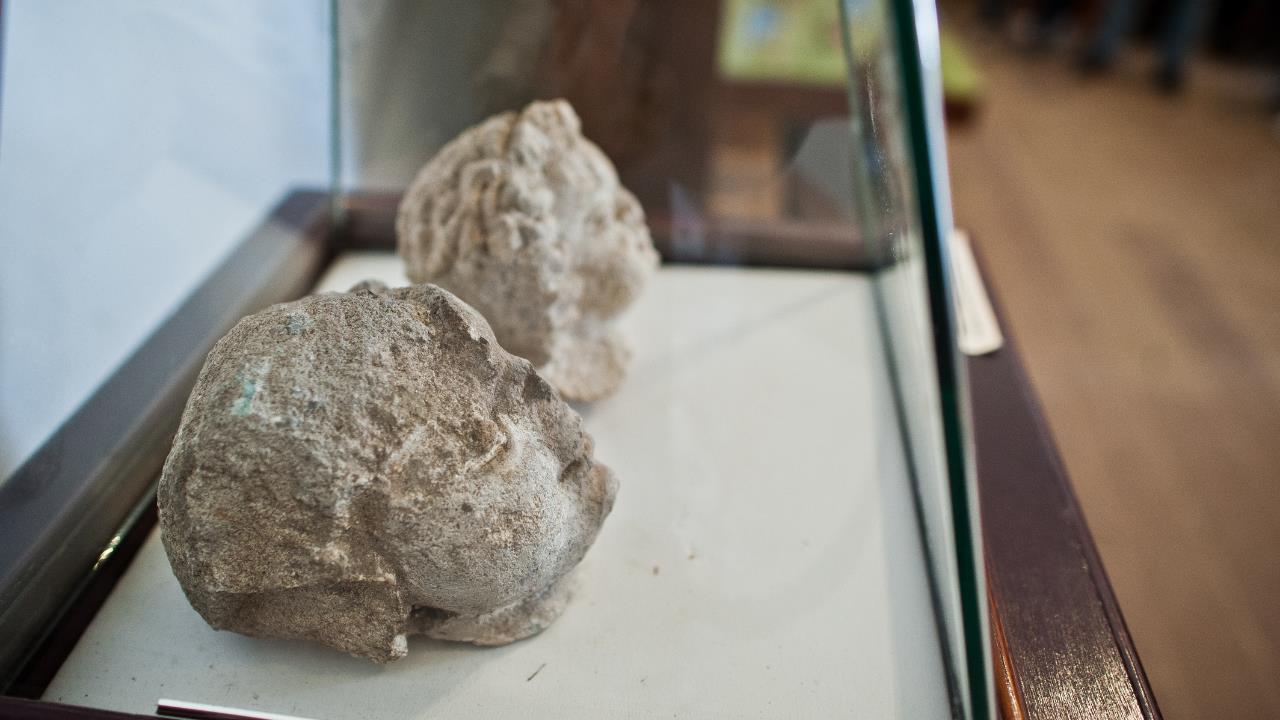
Similarly, the Temple of the Warriors discloses the Mayans' highly developed architectural techniques and religious practices.
Unraveling the mysteries of Chichen Itza, you're not just stepping back in time; you're immersing yourself in a civilization that has shaped our understanding of history.
The Terracotta Army in Chinese History
Imagine unearthing an army of over 8,000 soldiers, each with unique facial features, standing in battle formation.
This is the Terracotta Army, a monumental find that reshaped our understanding of Chinese history and the Qin Dynasty's military might.
Its discovery provided an invaluable glimpse into China's past, opening a new chapter in the study of ancient Chinese artistry and warfare.
Discovering Terracotta Army
In your journey through history's most impactful archaeological sites, China's Terracotta Army is a sight you can't miss. Unearthed in 1974, this awe-inspiring army has been a significant discovery in Chinese history. Here's why:
- Size: Over 8,000 soldiers, 130 chariots, and 670 horses collectively represent the military might of the Qin Dynasty.
- Uniqueness: Every figure is distinct, showcasing the incredible craftsmanship of ancient Chinese artists.
- Preservation: Housed in purpose-built museums, the figures provide a snapshot of China's past in extraordinary detail.
- Symbolism: The army symbolizes the afterlife beliefs and power of Emperor Qin Shi Huang.
Analyzing these aspects, you realize the Terracotta Army's immense value in understanding ancient China.
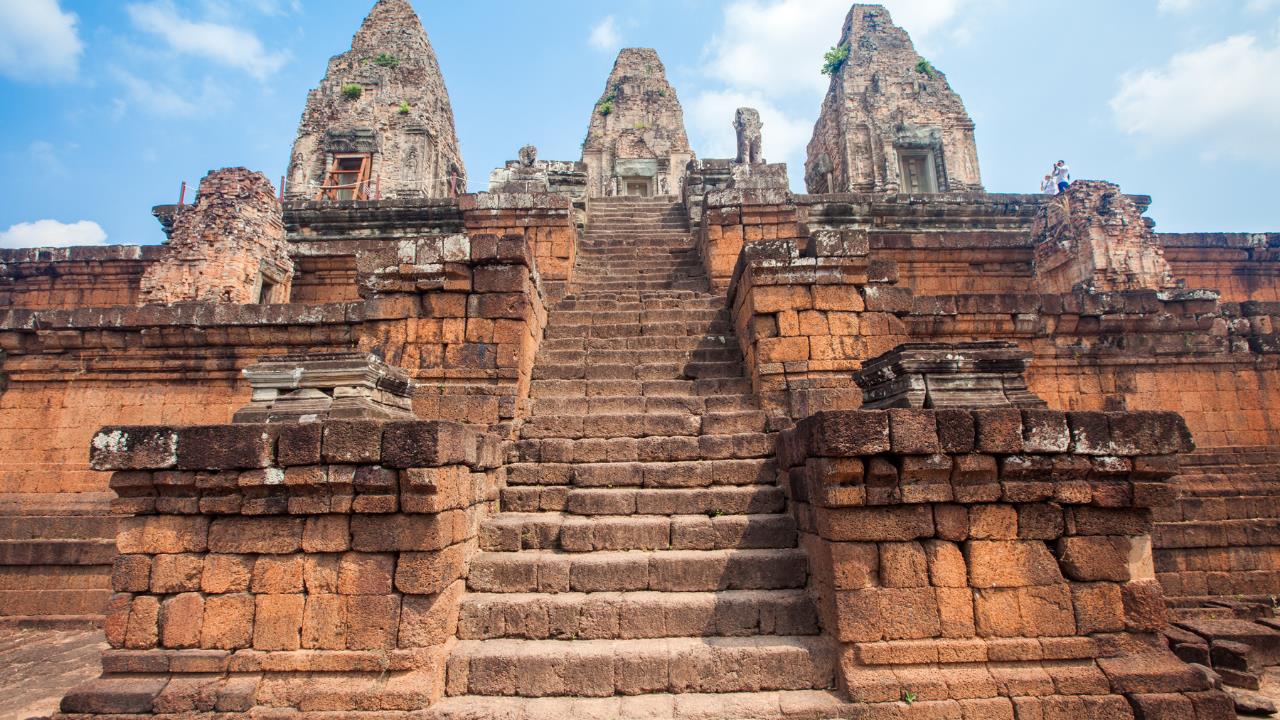
As we transition to the next section, consider how this discovery profoundly impacted history.
Impact on History
How has the discovery of the Terracotta Army reshaped our understanding of Chinese history, you may wonder? Well, it's significantly revised our perception of the Qin Dynasty's military might and cultural sophistication.
The army's sheer size, detailed crafting, and advanced organization highlight a society far more advanced than previously believed. Each soldier, unique in facial features, reveals a level of artistry and individuality that challenges the stereotype of a rigid, conformist ancient China.
Furthermore, the presence of non-military figures indicates a belief in an afterlife, complex and fully functioning, which deepens our understanding of ancient Chinese spiritual beliefs.
Acropolis of Athens and Ancient Greece
Stepping back in time, you'll find the Acropolis of Athens, a monumental site that's reshaped our understanding of Ancient Greece. This iconic plateau is a testament to the grandeur and sophistication of a civilization that lived over 2,500 years ago.
- Parthenon: The centerpiece, dedicated to Athena, is a masterpiece of Doric architecture.
- Erechtheion: This complex temple honored both Athena and Poseidon, reflecting the religious diversity.
- Propylaea: This grand entranceway exemplifies the Greeks' architectural prowess.
- Odeon of Herodes Atticus: This theatre showcases their cultural richness.
Each discovery at the Acropolis peels back layers of history, revealing a society that's intricately woven into the fabric of modern Western civilization.
You're not just looking at ruins, but at the stepping stones of our shared cultural heritage.

Ajanta Caves: Spotlight on Buddhist Art
From the intricate architecture of Ancient Greece, let's now delve into the depths of India's Ajanta Caves, a remarkable testament to the evolution of Buddhist art. Carved into the rocky terrain of Maharashtra, these caves house ancient murals and sculptures that have shaped our understanding of Buddhist philosophy and aesthetics.
Each cave tells a unique story, reflecting the profound wisdom of Buddhist teachings. As you wander through this UNESCO World Heritage site, you'll notice the intricate detailing in the art, the nuances reflecting different periods in Buddhist history.
The Ajanta Caves aren't just an archaeological treasure; they're a portal to a past era, offering insights into the cultural and religious life in India nearly 2,000 years ago. Truly, they've carved their mark in history.
Conclusion
You've journeyed through time, exploring iconic archeological sites that have shaped our understanding of history. From the Great Pyramid of Giza's revelations to the Buddhist artistry in the Ajanta Caves, each site offers unique insights into our past.
These places aren't just relics; they're testaments to the rich, diverse cultures that have defined human civilization.
So, continue to delve into history, for each discovery redefines our knowledge and enriches the tapestry of our collective human story.
 Backyard GrillingWeekend WarriorsAdvice from DadBeard GroomingTV Shows for Guys4x4 Off-Road CarsMens FashionSports NewsAncient Archeology World NewsPrivacy PolicyTerms And Conditions
Backyard GrillingWeekend WarriorsAdvice from DadBeard GroomingTV Shows for Guys4x4 Off-Road CarsMens FashionSports NewsAncient Archeology World NewsPrivacy PolicyTerms And Conditions
